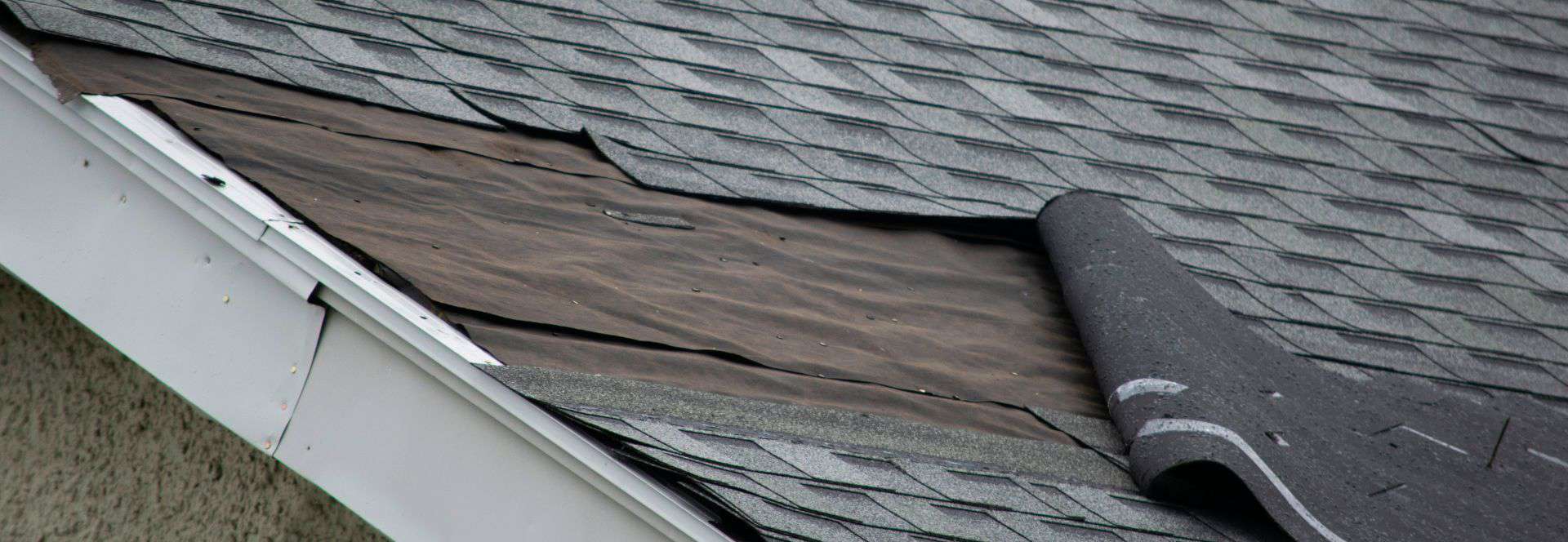A roof leak can be a nightmare, and it’s important to know how to minimize the damage in emergency situations. A roof leak can be a potentially extensive issue that requires a professional Sacramento Roof Leak Repair, but a temporary fix is often necessary to prevent severe damage as you wait for repairs.
Signs of a Roof Leak
Some signs of a roof leak, such as water dripping through your ceiling, are obvious. However, there are also some harder-to-spot signs of a roof leak. Noting these signs before water begins dripping into your home can help prevent worse damage from happening. Inside your home, you may see:
- Dark spots on the ceiling or wall
- Bubbling or peeling wall paint and wallpaper
- Musty or moldy smells
- Sagging or buckling ceilings
- Wet attic insulation
An interior leak means that water has already gotten through the roof, and it may be traveling from a place of exterior damage to elsewhere in your home. Exterior damage can also warn of leaks, and signs of these may include:
- Cracked, loose, or missing shingles
- Mold or mildew on house siding or shingles
- Debris around roof features
By looking for these indicators and getting a professional inspection and repair, you can address a potential roof leak before it becomes an emergency.
Steps After Discovering a Roof Leak
If you are not able to get professional repair quickly in an emergency situation, or you have to wait for them to arrive, you may need to stop or mitigate a roof leak before the professional arrives. To do this, you should take the following steps:
- Check for Safety Hazards: Before you take any steps to address the problem, ensure that the room and home are safe for you and your loved ones to remain in. Be sure that the leak does not create an electrical hazard, and leave the house if it appears that the roof could collapse.
- Determine the Cause of the Leak: If dangers have been addressed and you can safely manage the leak, determine where it is coming from. You can find the source by looking in an attic or crawl space under the roof, checking the roof for exterior damage, or looking at weak spots, like skylights. A severe leak may require emergency services, while mild moisture may mean that you can mitigate the damage for the time being.
- Contain the Water: Use buckets and other containers to catch drips, and run your dehumidifier if you have one. If there are areas of the ceiling that are sagging and bulging, puncture the area with a knife, screwdriver, or other sharp object to allow water to drip through. Allowing the water to sit and pool on its own can create a larger and more expensive issue. It may even result in the ceiling collapsing. If you can determine where the water is entering your home, you can cover that area of the roof with a tarp if it is safe to do so.
- Protect Your Home From Additional Damage: Move items away from the interior leak, including furniture, items on the wall, and appliances. Take steps to dry out the floor with towels or fans. This can minimize mold and mildew growth. In addition to buckets, you can place tarps under the location of the leak.
- Document the Leak: Take pictures of the damage in case it is covered by your homeowner’s insurance. If your roof is not old, it is more likely that insurance will cover some of the costs.
- Contact a Professional Roofer: While there are many short-term do-it-yourself fixes, a roof leak can be serious, and it will only get worse if you ignore it. Once you have a leak or signs of a leak, contact a Roof Repair Contractor in Sacramento, CA. Water leaking through your ceiling in one location does not mean that the leak in the roof is in the same location. A professional can properly inspect your roof and determine where the problem is located.
FAQs
Q: What Is the Permanent Solution for Roof Leakage?
A: The permanent solution for a roof leak depends on the source of the roof leak. A permanent solution may include:
- Replacing shingles
- Applying a waterproof roof coating
- Reinstalling nails and cementing bad nail holes
- Replacing the flashing in certain areas of the roof
If the cause of the leak is significant, a full roof replacement may be the only permanent solution. A thorough inspection of your roof by a professional can effectively determine the cause of a leak and the potential solutions for addressing it.
Q: How Do I Stop My Roof From Leaking in Heavy Rain?
A: If your roof is leaking during a storm, temporary solutions include:
- Put a tarp over the ceiling leak.
- Place buckets under leaks.
- Put a temporary patch up in your attic or crawl space.
Once it is safe to go outside on the roof, you can determine where the roof leak is and put a tarp, some sealant, or new shingles over the damaged location. However, these are short-term solutions. You may want to contact a professional roofer for a repair that will last longer.
Q: What Roof Sealant Can Be Applied in the Rain?
A: There are many types of waterproof sealants, especially those that are silicone or rubber-modified, which can be applied to your roof, whether it is wet or dry. If you have sudden damage to your roof that is causing a leak, a sealant that can be applied when the roof is wet can be an effective temporary fix. However, it can be incredibly dangerous to work on roof repairs while it is raining. Always take care of your own safety.
Q: What Is the Life Expectancy of Roof Sealant?
A: A roof sealant will typically extend the lifespan of your roof by 10 to 20 years. The thickness and quality of the coating material will impact how long the coating lasts. UV rays and day-to-day weather will wear the coating over time, but the coating will protect your roof materials from most of the damage.
Contact Noah’s Roofing for Your Roof Repair
When your roof needs repair, or you have an emergency leak, it’s important to get it fixed sooner rather than later. Water damage can quickly become severe and expensive if it is not addressed. Contact the team at Noah’s Roofing to learn about our repair services.





